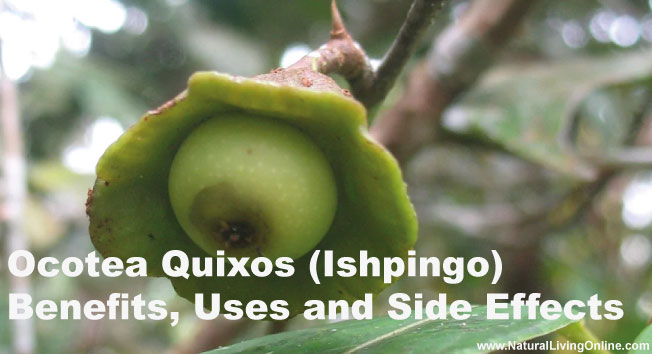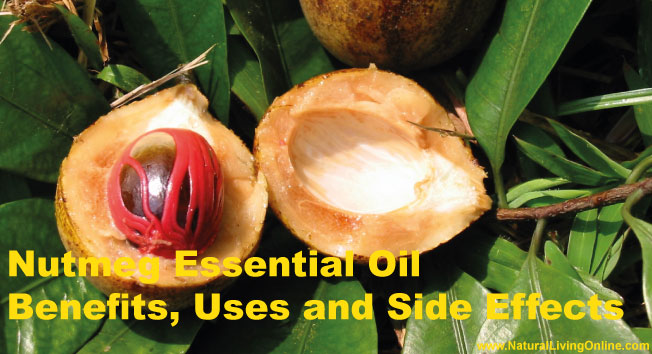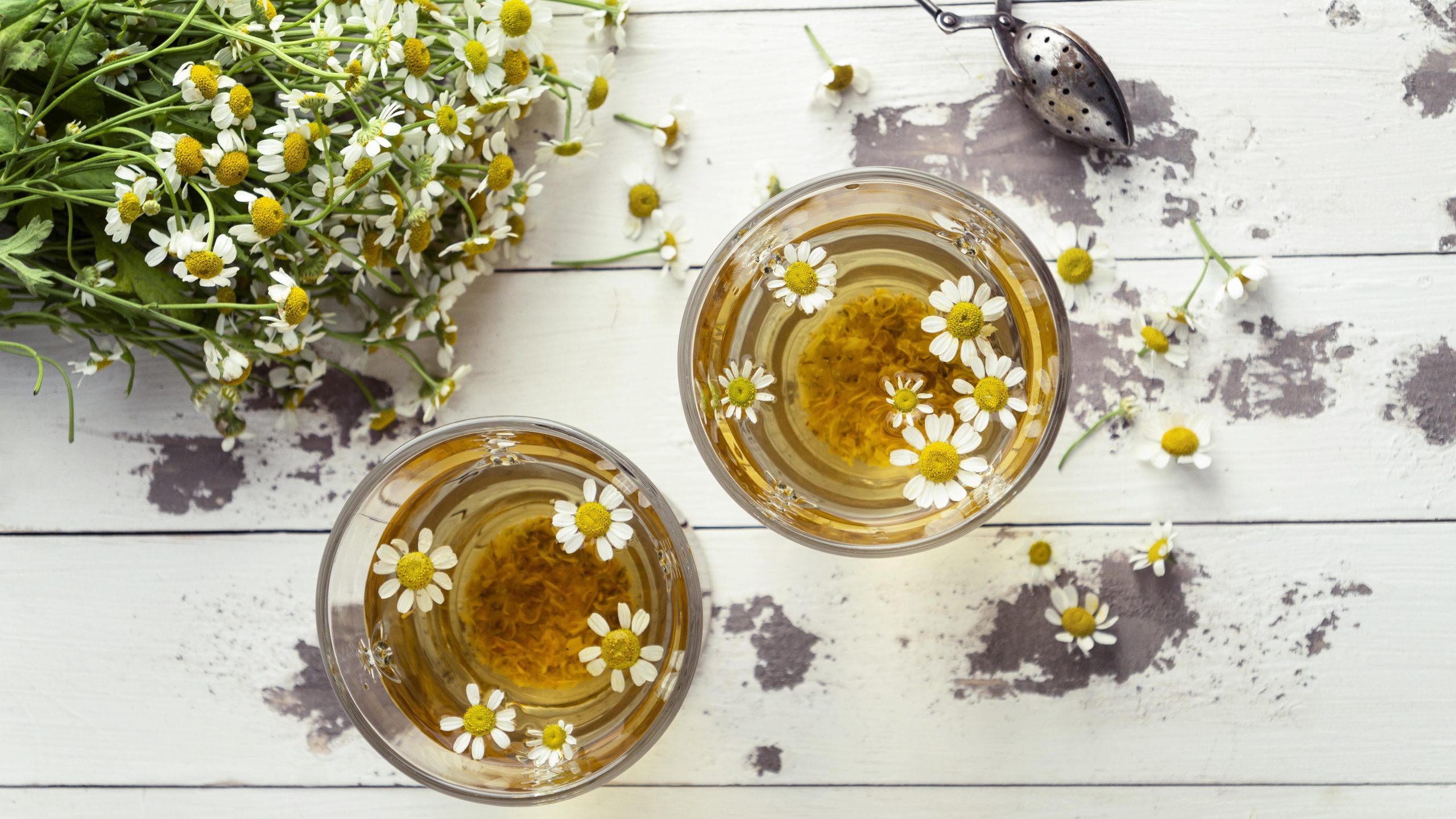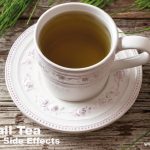Ocotea essential oil is derived from the leaves of the Ocotea plant, which is native to South America. The oil has a wide range of benefits, including its ability to improve digestion, relieve pain and inflammation, and boost immunity. Additionally, ocotea essential oil can be used topically to treat skin conditions and improve the appearance of scars and stretch marks.
Essential Oil Profile / Monograph
Botanical Name: Ocotea Quixos
Common Names: Ocotea, Brazilian Padouk
Plant Family: Lauraceae
Countries of origin: Brazil, Peru, Ecuador
Extraction Method: Steam distillation
Parts Used: Leaves, bark
Essential Oil smell: Spicy, sweet, woody
Essential Oil Color: Golden yellow to brown
Viscosity: Medium
Perfumery Note: Middle
Strength of Aroma: Strong
Blends Well With: Orange, clove, rosemary, ylang-ylang, geranium, vetiver, patchouli
Therapeutic Properties: Analgesic, anti-inflammatory, antispasmodic, immunostimulant, carminative
Uses: Pain relief, inflammation, digestive issues, immunity
Contraindications: Ocotea essential oil may interact with certain medications, such as blood thinners and heart medication. Therefore, it is important to consult a healthcare professional before using ocotea essential oil if you are taking any medication.
Side Effects: Ocotea essential oil is generally considered safe. However, it is possible to have an allergic reaction to any essential oil. If you experience any negative side effects after using ocotea essential oil, discontinue use and consult a healthcare professional. Additionally, ocotea essential oil should not be used on broken or irritated skin. Avoid using during pregnancy and breastfeeding.
Ocotea Essential Oil Chemical Constituents:
1,8-Cineole (eucalyptol) – 23.8%
alpha-Terpineol – 10.3%
Borneol – 2.1%
alpha-Pinene – 1.7%
beta-Pinene – 1.2%
Limonene – 0.9%
Linalool – 0.8%
Menthyl acetate – 0.7%
Terpinen-4-ol – 0.6%
Sabinene – 0.3%
Myrcene – 0.3%
beta-Caryophyllene – 0.2%
gamma-Terpinene – 0.2%
trans-Ocimene – 0.2%
alpha-Terpinolene – 0.1%
p-Cymene – 0.1%
alpha-Humulene – 0.1%
delta-3-Carene – 0.1%
beta-Phellandrene – 0.1%
beta-Ocimene – 0.1%
delta-Cadinene – 0.1%
Caryophyllene oxide – 0.1%
alpha-Bisabolol – trace amounts
Frequently Asked Questions
What is Ocotea?
Ocotea is an evergreen tree that is native to South America. The tree grows up to 30 meters tall and has dark green, glossy leaves. The flowers are small and white, and the fruits are oval-shaped and reddish-brown. The tree is sometimes called “BrazilianPadouk” or “Peruvian Laurel.”
What are the benefits of Ocotea Essential Oil?
There are many potential benefits of ocotea essential oil. The oil is said to improve digestion, relieve pain and inflammation, and boost immunity. Additionally, ocotea essential oil can be used topically to treat skin conditions and improve the appearance of scars and stretch marks.
What are ways to use Ocotea Essential Oil?
Ocotea essential oil can be used in a diffuser, or it can be added to bathwater. The oil can also be diluted with a carrier oil and applied topically. Additionally, ocotea essential oil can be taken internally, either by itself or in a capsule.
How can I use Ocotea Essential Oil internally?
Ocotea essential oil can be taken internally in a capsule or by itself. It is important to dilute the oil first if taking it by itself, as undiluted essential oils can be quite strong.
How can I use Ocotea Essential Oil topically?
Ocotea essential oil can be diluted with a carrier oil and applied topically. The most common carrier oils are jojoba oil, coconut oil, and olive oil.
Diffuser blends for aromatherapy with Ocotea Essential Oil:
1. Ocotea and Orange: This blend is uplifting and refreshing.
2. Ocotea and Clove: This blend is warming and comforting.
3. Ocotea and Rosemary: This blend is invigorating and stimulating.
4. Ocotea and Ylang-Ylang: This blend is calming and relaxing.
5. Ocotea and Geranium: This blend is balancing and soothing.
6. Ocotea and Vetiver: This blend is grounding and stabilizing.
7. Ocotea and Patchouli: This blend is grounding and earthy.
How can I use Ocotea Essential Oil in bath?
Ocotea essential oil can be added to bathwater. The most common way to do this is to add a few drops of the oil to a dispersant such as Epsom salt, baking soda, or cornstarch. Then, add the dispersant to the bathwater and stir until the oil is evenly distributed.
Historical use of Ocotea as a herbal medicine:
Ocotea has been used traditionally as a herbal medicine in South America. The tree is said to have many medicinal properties, and it is commonly used to treat digestive and respiratory problems. Additionally, ocotea is sometimes used topically to treat skin conditions.
Is Ocotea Essential Oil safe for kids?
No
Can Ocotea Essential Oil be used on pets?
No.
DIY recipes using Ocotea Essential Oil:
1. Anti-inflammatory Pain Relief Rub: This rub can be used to relieve pain and inflammation. To make the rub, mix together 1 teaspoon of ocotea essential oil, 1 teaspoon of peppermint essential oil, 1 teaspoon of eucalyptus essential oil, and 1 tablespoon of coconut oil. Store the rub in a small jar and apply it to the affected area as needed.
2. Skin-Soothing Salve: This salve can be used to soothe dry, irritated skin. To make the salve, mix together 1 teaspoon of ocotea essential oil, 1 teaspoon of lavender essential oil, 1 teaspoon of calendula oil, and 1 tablespoon of beeswax. Store the salve in a small jar and apply it to the skin as needed.
3. Stress-Relieving Mist: This mist can be used to help reduce stress and promote relaxation. To make the mist, mix together 1 teaspoon of ocotea essential oil, 1 teaspoon of chamomile essential oil, 1 teaspoon of lavender essential oil, and 1 cup of distilled water. Store the mist in a glass spray bottle and spritz it on your pillow or bedding before going to sleep.
References:
Ocotea quixos, American cinnamon
This website does not provide medical advice.
All information provided on this website, and on associated social media networks, including but not limited to texts, images, and numbers are for general information purpose only. It is not intended as medical advice and it does not include all possible precautions, side effects, or interactions that may occur. Neither NaturalLivingOnline.com nor its author/founder take responsibility for how you use this information. Statements contained on NaturalLivingOnline.com have not been evaluated by the FDA. You should conduct thorough research via multiple sources and consult your physician or qualified doctor before using any essential oil or herbal remedy. Information on NaturalLivingOnline.com must not be relied upon for medical, legal, financial or other decisions.













